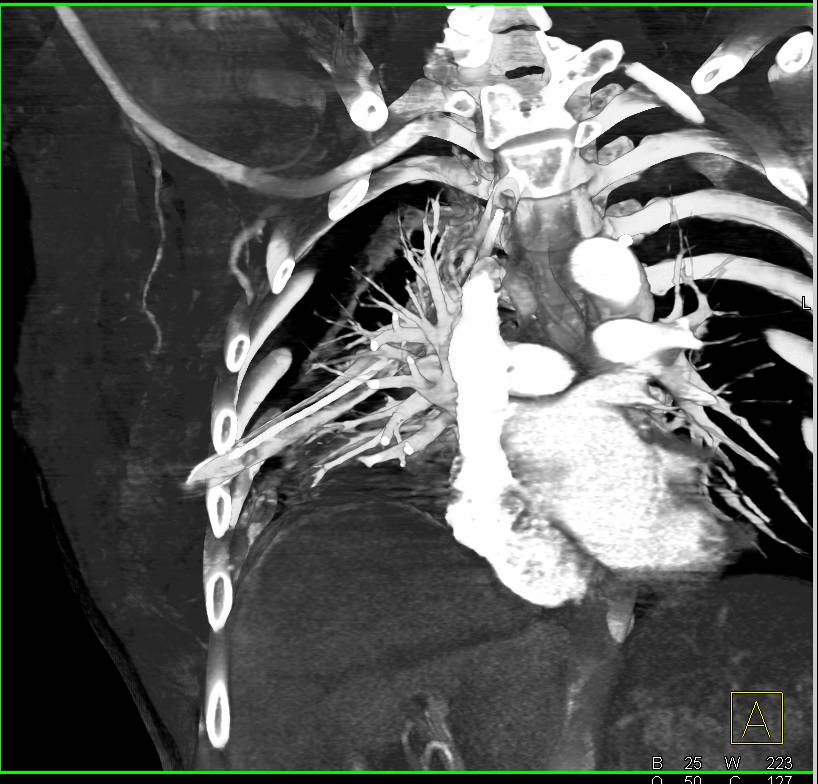
Primary spontaneous pneumothorax (PSP) occurs in patients without underlying lung disease or without a precipitating event, and it is a common disease in medical practice with a significant global health problem affecting adolescent and young adults. Pneumothorax is classified as spontaneous, traumatic, or iatrogenic ( Figure 1). Itard, a student of Laennec, first coined pneumothorax in 1803, but it was not until 1932 that it was realized that spontaneous pneumothorax was not always caused by tuberculosis.

Pneumothorax is defined as an abnormal collection of air in the pleural cavity, which is a potential space between the two pleurae (visceral and parietal) of the lungs. Treatment may include conventional chest tube drainage, video-assisted thoracoscopic surgery (VATS), or open surgery. Initial deciding factors to direct the management are first-time or recurrent spontaneous pneumothorax and size of the pneumothorax. Evacuation of air from the pleural cavity and prevention of future recurrences are the primary goals of treatment and depend on the patient’s presentation. Chest X-ray can help confirm the diagnosis. Physical examination can be normal in small pneumothoraces, but in larger pneumothoraces, breath sounds and tactile fremitus are typically decreased or absent, and percussion is hyperresonant. Classic clinical presentation starts with acute-onset chest pain and shortness of breath. Some risk factors include male gender, age, and smoking.
CHEST TUBE INSERTION NEW ENGLAND JOURNAL OF MEDICINE PSP
PSP is the presence of air in the pleural space not caused by injury or medical intervention.

Primary spontaneous pneumothorax (PSP) is a common disease in medical practice that affects young healthy people with a significant recurrence rate.


 0 kommentar(er)
0 kommentar(er)
